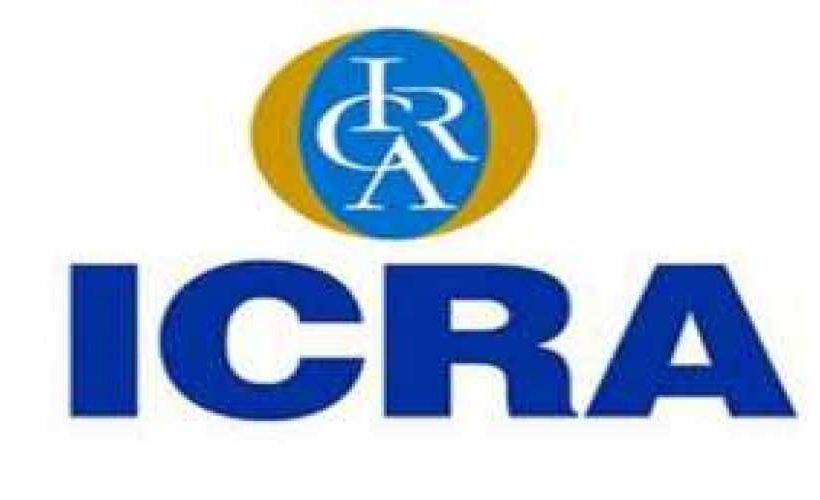
With expiry of 180-day period provided in February 12, 2018 circular of Reserve Bank of India (RBI) for resolution of large stressed borrowers, and limited number accounts where banks have been able to implement a resolution plan, many of the 70 large borrowers accounting for ~Rs 3.8 trillion of debt may be heading for resolution under Insolvency and Bankruptcy Code (IBC) 2016.
According to Anil Gupta, Head – Financial Sector Ratings, ICRA Ltd: “With Rs 4.0 trillion of debt across 40 large borrowers already under RBI directed resolution through IBC and likelihood of more large borrowers being resolved under IBC, ~60% of the non-performing loans (including loans earlier written off) of Indian Banking sector are now under active resolution.”
The pickup in the pace of resolution is positive, however tough times are expected to continue for banks given the limited recoveries being witnessed in many of the earlier cases undergoing resolution, except for accounts belonging to steel sector. With ~85-90% of these non-performing advances (NPAs) belonging to public sector banks (PSBs), the recoveries from these accounts will be a major driver of their profitability and the capital requirements during the current fiscal. Assuming 60-65% provisioning requirements on accounts to be resolved and normal slippages of ~3.00% for FY2019, the credit provisions for PSBs are estimated at Rs 1.4-2.0 trillion for the year (Rs 2.71 trillion during FY2018). Factoring in the marked to market losses on bond portfolios will lead to many PSBs reporting losses during FY2019 as well.
As per ICRA’s report released today, the losses before tax for PSBs for FY2019 are estimated at Rs 419-1016 billion depending on the credit provisioning on stressed assets undergoing resolution. This is compared to a loss before tax of 240 billion during Q1FY2019 and Rs 1.30 trillion that PSBs reported in FY2018. These losses surpassed the capital infusion of Rs 900 billion by Government of India (GoI) during FY2018 and can likely surpass the budgeted capital infusion of Rs 650 billion by GoI for FY2019. In a scenario of higher provisioning and losses, GoI may need to upsize the budgeted capital infusion for FY2019. On the back of higher losses reported by the banks in relation to the capital infusion during FY2018 and continued losses during Q1FY2019, nine PSBs reported Tier 1 capital ratio lower than 7.5% as on June 30, 2018 as against minimum regulatory requirements of 7.0% indicating limited ability of these PSBs to absorb further losses.
On the positive side, the fresh slippages for the banking sector during Q1FY2019 moderated to Rs 920 billion as compared to Rs 2.44 trillion during Q4FY2018 and Rs 5.37 trillion during FY2018. The stock of Gross NPAs (GNPAs) for the sector declined for the first time after witnessing a consistent increase during last 18 quarters. The GNPAs declined to Rs 10 trillion as on June 30, 2018 or 11.52% as compared to Rs 10.23 trillion or 11.68% as on March 31, 2018. The Net NPAs declined to Rs 4.84 trillion or 5.92% as compared to Rs 5.17 trillion or 6.27% as on March 31, 2018. The Q1FY2019 also witnessed resolutions of two large streel accounts under IBC, which spiked up the recoveries and upgrades and these stood at all-time high of 5.8% of GNPAs. Notwithstanding these recoveries, elevated stock of GNPAs and ageing provisions required for them also resulted in all-time high write offs of Rs 456 billion during the quarter.


